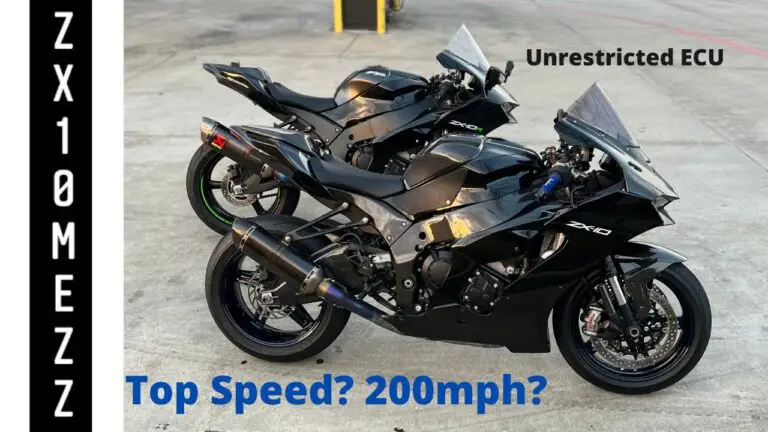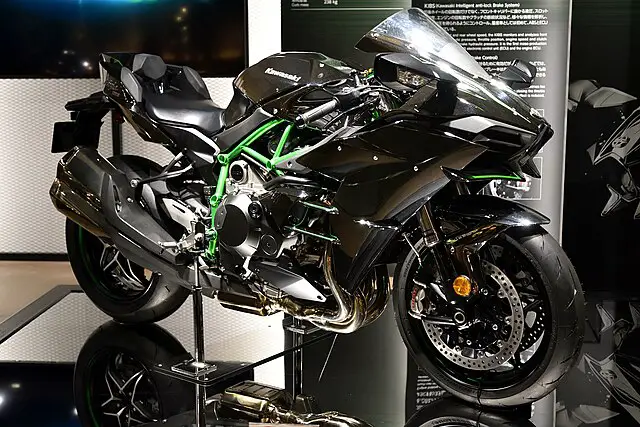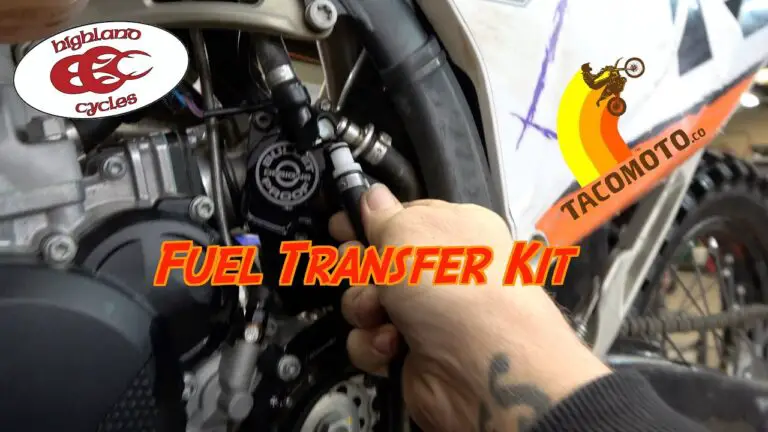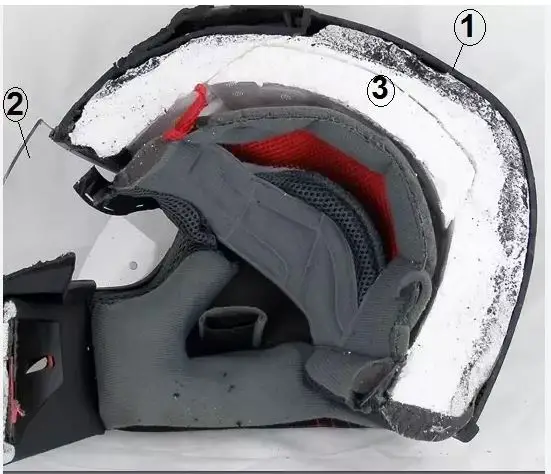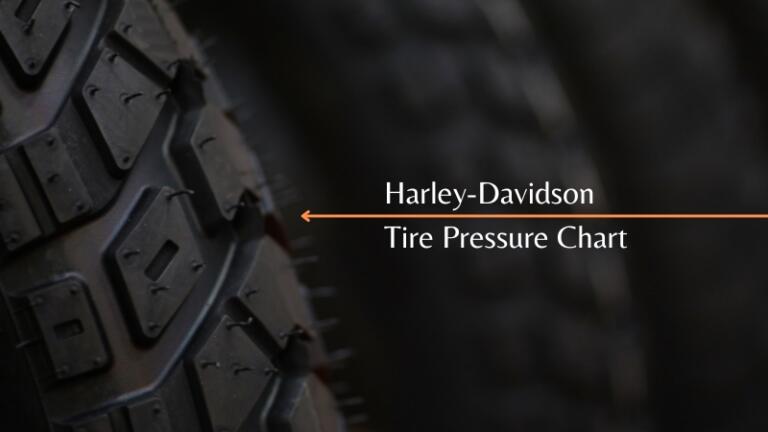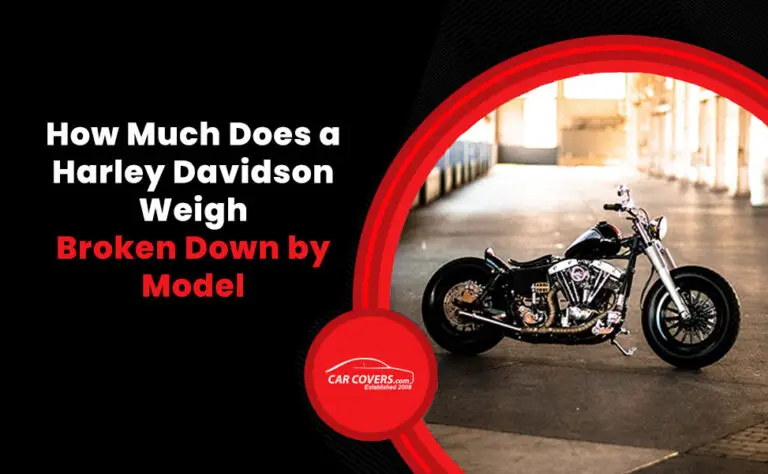Moped vs Scooter vs Motorcycle: Key Differences 2025
Motorcycles, mopeds, and scooters – three modes of transport that we see a lot. What separates them? Let’s take a look at their distinguishing features and functions.
Motorcycles are all about power. They have strong engines and can reach high speeds.
Perfect for people who crave thrills and excitement, motorcycles give you a sense of freedom like no other. With their sleek designs and loud engines, they turn heads wherever they go.
Mopeds, on the other hand, are for getting around town or busy cities. They are compact and fuel-efficient, great for short commutes or errands.
Even though they may look small, they can still get you from A to B with ease.
Scooters fall in between motorcycles and mopeds. They are practical and stylish, great for commuting and exploring. Step-through designs and comfortable seats provide a smooth ride.
Scooters are popular with those who want an inexpensive way to travel without compromising on comfort or style.
My Friend Hannah Stocking‘s story is inspiring. After debating for years, she took the initiative after witnessing a motorcycle rally. She decided to take classes and was soon enjoying weekend rides, joining her bike community in charity events. Motorcycles gave her a feeling of exhilaration and freedom, every moment on her bike became a treasured memory.
Mopeds? Think toddlers of the motorbike family! Cute, slow, and always ready to pitch a fit.
Brief Description of Moped
Mopeds, small motorized bicycles, are designed to be efficient and economical for short-distance travel. They have an engine size of 50cc or less, allowing them to reach speeds of up to 30 miles per hour.
Plus, mopeds can be equipped with pedals to assist the engine or provide manual power when needed.
Urbanites love them – they’re lightweight and easy to maneuver through traffic. Plus, mopeds offer excellent fuel efficiency, reducing environmental impact and saving on gas expenses.
But don’t forget, mopeds are classified as limited-speed motorcycles. This means they must meet safety standards, such as having working lights, mirrors, and a horn.
Also, riders may need a special license or permit, depending on local regulations.
Sadly, according to the NHTSA, mopeds were involved in 9.6% of all two-wheeled vehicle fatalities in 2019. Following the rules of the road is important for rider safety and the safety of others.
Brief Description of Scooter
Scooters bring together convenience and efficiency. Their small size and automatic transmission make them great for city commutes and leisurely rides.
They are lightweight, allowing for easy steering, and fuel-efficient, making them an eco-friendly option. And they come with storage too, perfect for carrying items during your journeys.
The step-through design of scooters is a unique feature. It allows riders to easily mount and dismount without having to swing a leg over the seat. This is especially useful for people wearing skirts or dresses.
Plus, modern scooters come with tech like LED lighting, USB charging ports, and digital displays that increase safety and convenience.
Scooters first became popular in Europe after WWII when transportation options were limited.
The iconic Vespa scooter was introduced by the Italian manufacturer Piaggio in 1946 and immediately became an emblem of affordability and style.
Scooters have now become a worldwide phenomenon, favored by those who want practicality but don’t want to sacrifice looks or performance.
Scooters offer more than just transport. They bring a sense of freedom and embody a lifestyle of efficiency, elegance, and fun on two wheels.
So why get four wheels and a roof when you can have two wheels and an exciting rush?
Brief Description of Motorcycle
Motorcycles are powerful machines that offer an exciting ride. They are well-known for speed, agility, and sleek design. With two wheels and attractive looks, they have become a symbol of freedom and adventure.
These machines boast impressive acceleration and top speeds, perfect for thrill seekers. Their engines provide high performance, allowing riders to zip through traffic.
Plus, they are lightweight, making turns and lane changes super easy.
Motorcycles come in many styles, including sportbikes, cruisers, and touring bikes, so there’s something for everyone. They also provide a special connection between the rider and the road which increases the feeling of freedom.
The history of motorcycles began in the late 19th century when inventors developed a combustible engine that could be mounted onto a bicycle frame. This invention was the start of modern-day motorcycles.
Riding a motorcycle is like diving right into the deep end – far different from riding a moped or scooter!
Comparison of Moped, Scooter, and Motorcycle
Mopeds, scooters, and motorcycles – oh my! Choosing between these three can be tricky. Here’s a comparison to help you pick the right one for your needs:
- Moped: Under 49cc engine size. Economical, easy to ride, and great for short trips.
- Scooter: 49cc to 500cc. Step-through design, automatic transmissions, more power and versatility.
- Motorcycle: Various engine sizes. Speed, long-distance riding, high performance.
Mopeds are small and budget-friendly. Scooters are mid-range powerhouses. Motorcycles deliver the most thrills.
Pro Tip:
Think about use, budget, and experience before you decide. And remember, don’t let its size deceive you – mopeds can be speedy little devils!
Pros and Cons of Mopeds
Mopeds have pros and cons, let’s look at them!
Pros:
- Cost-effective
- Fuel efficiency
- Easy to maneuver
- Convenient parking
- Low maintenance
Cons:
- Limited top speed
- Lack of storage space
- Less protection
- Less power on inclines
- Limited passenger capacity
Mopeds are cost-effective and fuel-efficient, making them a great choice for daily commuting. They also offer easy maneuverability, which is great for congested city streets.
However, they have limited top speeds and lack storage space. Plus, they provide less protection compared to motorcycles.
Interesting Fact:
Mopeds started in the early 20th century as bicycles with small engines.
Over time, they developed into motorized vehicles made for efficient urban commuting. People recognized their affordability and convenience, so their popularity grew!
Pros and Cons of Scooters
Scooters have a range of advantages and disadvantages to check out. A closer look at the pros and cons of these mini vehicles:
| Pros | Cons |
| 1. Fuel-efficient | 1. Limited speed |
| 2. Easy to maneuver | 2. Less storage space |
| 3. Convenient for short trips | 3. No weather protection |
Scooters are compact. Great for city streets with limited parking. But they do have issues. Like, a slow pace for long journeys and not enough room for larger items.
Here’s a fun story:
A scooter zips through busy city streets. It passes cars stuck in traffic with ease. Fuel efficiency and nimble handling help the rider reach their destination quickly and without burning money.
Motorcycles: the perfect mix of freedom and danger that keeps life exciting. I call it two-wheeled Russian roulette!
Pros and Cons of Motorcycles
Mopeds, scooters, and motorcycles offer a thrilling and adventurous ride. They use less fuel than cars and fit into tight spaces. Plus, they look stylish!
But they have some drawbacks – they’re not as safe due to lack of protection. And bad weather can make them uncomfortable.
To address these limitations, it’s important to wear safety gear, take defensive driving courses, and maintain them regularly. When the weather is bad, it’s best not to ride at all.
Ultimately, the choice is up to you – how wild do you want to look and feel?
Conclusion
To wrap up, the ultimate choice between a moped, scooter, or motorcycle is up to you and your personal needs. Each vehicle has its own unique benefits.
Mopeds are great for urban travel and short commutes. They are also eco-friendly and cheap to maintain. But they may not have enough power for long rides.
Scooters offer a mix of performance and convenience. With their auto transmissions and comfortable seating style, they make a great ride for city streets and highways. Scooters can go faster than mopeds, but they cost more.
Motorcycles are the ideal choice for thrill-seekers. Their powerful engines deliver great acceleration and top speeds. But they require more skill to operate and are more expensive.
Remember, this article is based on general observations and opinions from riders in the industry. It’s best to test out each vehicle before making your decision.
Recommendations for Different Users
We’ve made a table to help users choose between a moped, scooter, or motorcycle. It looks at key factors like user, speed, cost, and size.
Safety is really important for all users. In the past, motorcycles were only for wealthy people.
Now, mopeds and scooters are more affordable. You can choose based on experience level, speed needs, budget, and size. Remember to be safe!
Pick your two-wheeled ride wisely. It’s not just about getting where you’re going, it’s about going from zero to awesome fast.
Final Thoughts
The comparison between mopeds, scooters, and motorcycles gives us essential points to consider before deciding. Mopeds are great for short distances and slower speeds. Economical and eco-friendly.
Scooters offer a balance of convenience, fuel efficiency and ease of use. Perfect for city life. Motorbikes offer speed, power, and versatility. Best suited for experienced riders who love long rides and highways.
Remember to consider your budget, purpose and skill level. But above all, safety first! Wear safety gear and follow traffic rules. Take courses if needed.
Plus, when it comes to maintenance costs, bikes are more costly due to their complex engines. While scooters have a simpler design and generally cheaper upkeep.
To ensure a good purchase: Research different brands and models. Test drive each option. Ask the experts. Consider insurance costs. Compare prices from multiple sources.
By doing this, you’ll be able to make an informed decision according to your needs and ride safely.
FAQs: Moped vs Scooter vs Motorcycle
1. What is the difference between a moped, a scooter, and a motorcycle?
A moped is a small motorized bicycle that typically has pedals and a low maximum speed. A scooter is a two-wheeled vehicle with a step-through frame and a platform for the rider’s feet. A motorcycle is a two-wheeled vehicle with a more powerful engine and a higher maximum speed.
2. Can anyone ride a moped, scooter, or motorcycle?
In most countries, a moped typically requires a lower minimum age and a less demanding license compared to scooters and motorcycles. Scooters and motorcycles usually require a specific license and may have age restrictions depending on engine size and power.
3. Which is more fuel-efficient: a moped, a scooter, or a motorcycle?
In general, mopeds tend to be the most fuel-efficient option, as they have smaller engines and lower maximum speeds. Scooters and motorcycles can vary in fuel efficiency depending on engine size and riding style; however, advancements in technology have made them increasingly fuel-efficient as well.
4. What are the advantages of riding a scooter or motorcycle over a moped?
Scooters and motorcycles offer higher speeds and better acceleration than mopeds, making them more suitable for commuting on highways or long distances. They also provide more storage options and often have more advanced features like ABS brakes and larger fuel tanks.
5. Are mopeds, scooters, and motorcycles equally safe to ride?
Safety levels can vary depending on various factors like vehicle design, rider experience, and adherence to traffic rules. Generally, motorcycles offer more stability and protection due to their larger size and additional safety features, but rider training and wearing appropriate safety gear are crucial for all types of two-wheelers.
6. How do maintenance costs differ between mopeds, scooters, and motorcycles?
Generally, mopeds have lower maintenance costs due to their simpler engines and fewer complex parts. Scooters and motorcycles may require more frequent servicing and potentially costlier repairs, especially for high-performance or luxury models.

